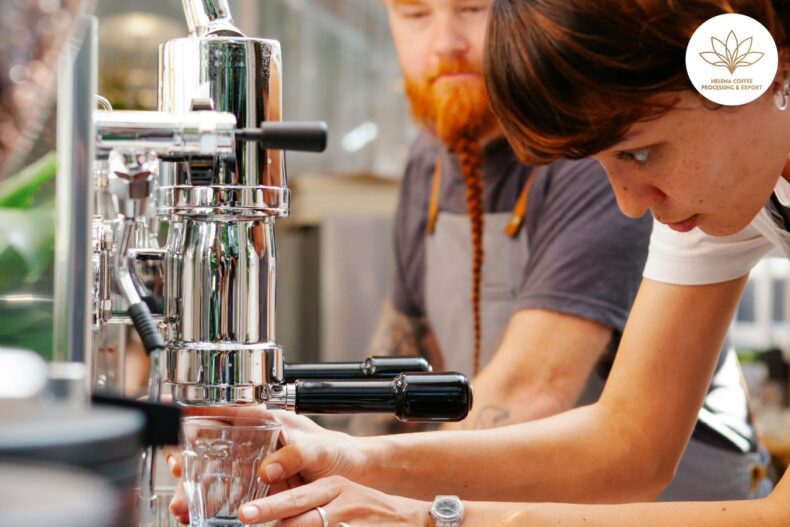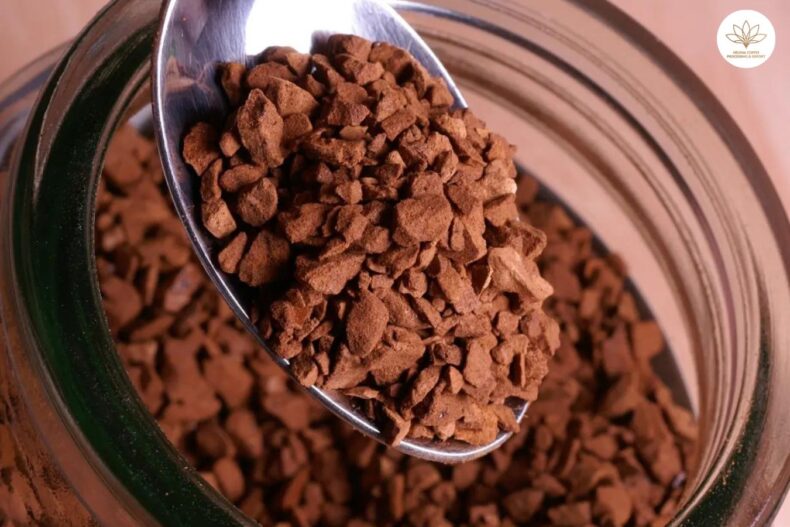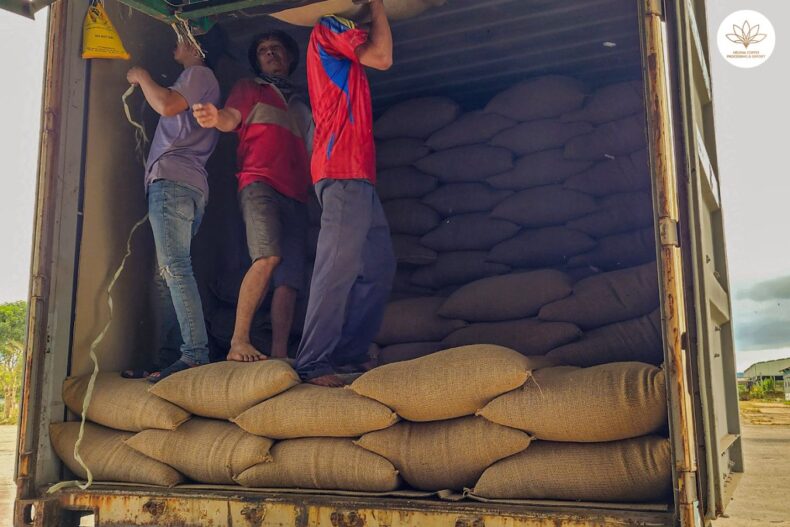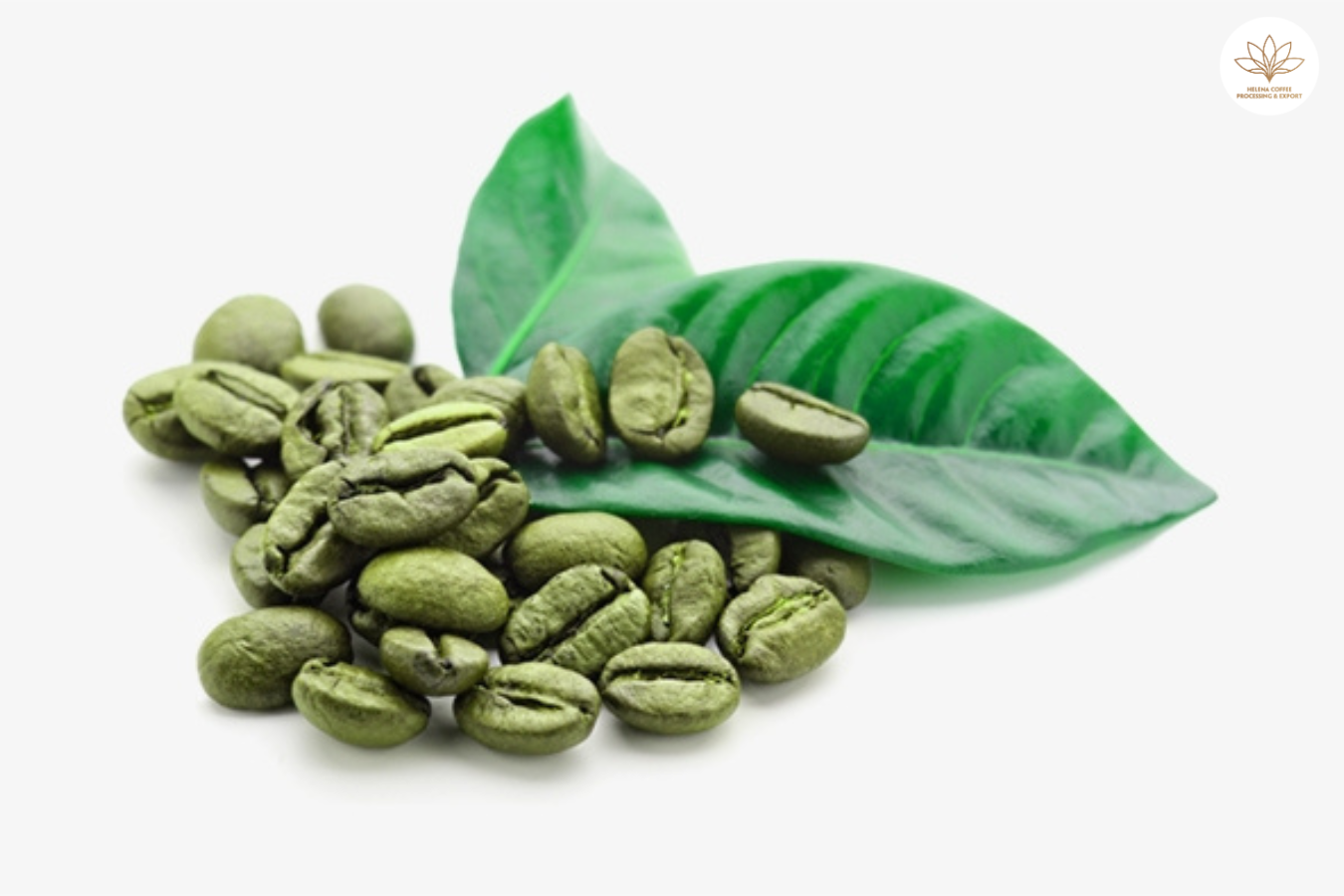
Where to buy arabica green coffee beans: My fellow coffee enthusiast, our shared passion for the perfect cup compels us to seek ever greater knowledge. Though we may casually rattle off names like Arabica and Robusta, how deeply do we understand what makes each bean unique?
Let us journey deeper into Arabica – the prized bean lurking within so many of our favored blends and single origins. Its fruity, floral notes beckon, but what explains their enchanting bouquet? The answer lies in Arabica’s roots.
Unlike the hardy Robusta, Arabica thrives only near the equator, in mist-shrouded volcanic highlands. There, in rich soil and tropical warmth, it develops delicate flavors over slow maturation. Each region stamps its unique terroir through subtle variations in acidity, body and aroma.
But coaxing out Arabica’s full potential requires a gentle hand. The branching trees demand careful nurturing to yield their bounty intact. And meticulous processing is vital to preserve the complex flavors so treasured by true aficionados.
My friend, I hope this insight stokes your passion to know coffee more intimately. Let us never take for granted the labor and craft that transforms a humble bean into the transcendent drink we so adore. Our journey towards enlightenment has only just begun
What Is Arabica Coffee?
Let us trace Arabica’s journey from its mythical birthplace to the far-flung regions that now cultivate this coveted bean. The story begins in Ethiopia’s misty forests, where Arabica still grows wild amidst a rich diversity of flora. It was here that mankind first experienced coffee’s alluring stimulant powers.
But it took journeying across the Red Sea for cultivation to take hold. In Yemen, Arabica was meticulously farmed and roasted, unlocking its flavors fully for the first time. From this Arabian cradle, coffee was destined to spread globally.
Yet Arabica retains its territorial preferences – requiring just the right conditions to flourish. It thrives in cool mountain climes along the equator, ideally 3,000 to 6,000 feet above sea level. Daily temperatures must linger between 64-73 degrees Fahrenheit. At higher altitudes, Arabica develops denser beans and a finer, more complex flavor.
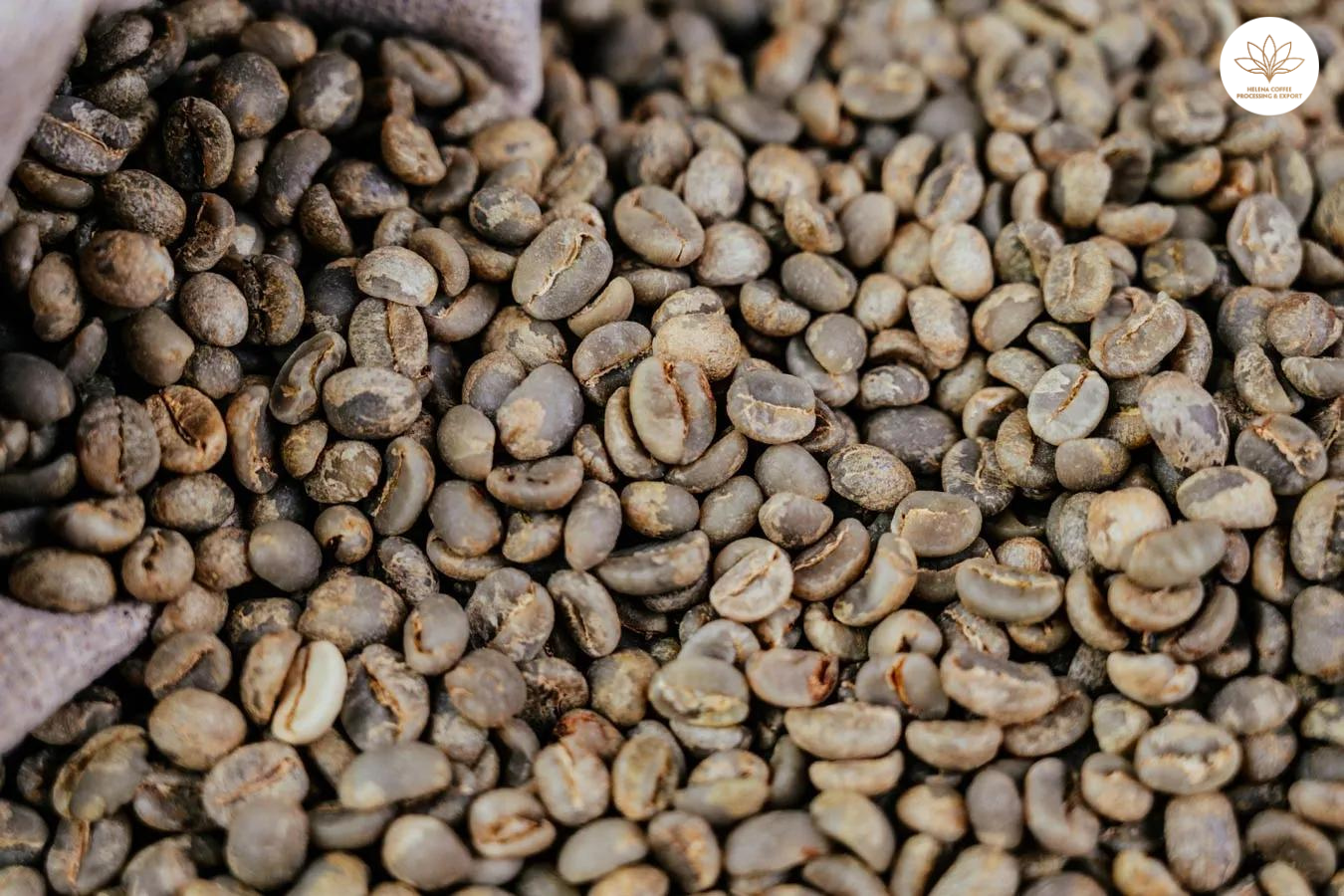
Within these zones, Arabica stretching towards the sun becomes a vision – abundant oval leaves topping stout branches dotted with plump green cherries maturing for harvest. Each holds two precious beans ready to continue coffee’s march across the continents.
My friend, I hope you now appreciate Arabica’s beauty and why its refined qualities must be so painstakingly nurtured. This journey has only deepened my own passion and awe for coffee’s rich heritage.
Where Is Arabica Coffee Grown?
My friend, having traced Arabica’s origins, let us now tour the fertile lands where this finicky bean flourishes today. While Arabica prospers along the equator, four nations account for over half of global production.
First is mighty Brazil, source of a third of all Arabica. Coffee transformed this once-sleepy colony into a powerhouse. Next comes noble Ethiopia, the ancestral home where Arabica grows untamed. Then Colombia and Indonesia, whose volcanic peaks and monsoon rains yield some of the world’s most prized beans.
But we cannot forget Central America’s treasured regions – Guatemala’s ancient highlands, Costa Rica’s rich volcanic plains, the Honduran cloud forests. Each imparts unique qualities through factors like rainfall, soil chemistry and elevation. Subtle differences in processing and drying further shape the bean’s character.
Yes, coaxing Arabica’s full potential requires near saintly patience. But what reward awaits! That first sip of a meticulously cultivated bean transports us. The flavors – fruit, flowers, caramel – recall regional highlights like a visa stamped in a passport.
Let us admire all who make this journey possible – from gardener to roaster. And may our appreciation deepen with each beguiling cup.
Why Is Arabica Coffee so Expensive?
My friend, you rightly point out the myriad challenges facing the caretakers of our beloved Arabica. While ideal growing conditions may converge in remote highland forests, there adversity also lurks.
Fragile Arabica falls prey to an insidious array of pests – ravenous coffee borers and root-strangling nematodes. And just as destructive are the diseases, like dreaded coffee rust, which stains leaves before withering branches. All constantly threaten to undo months of meticulous toil.
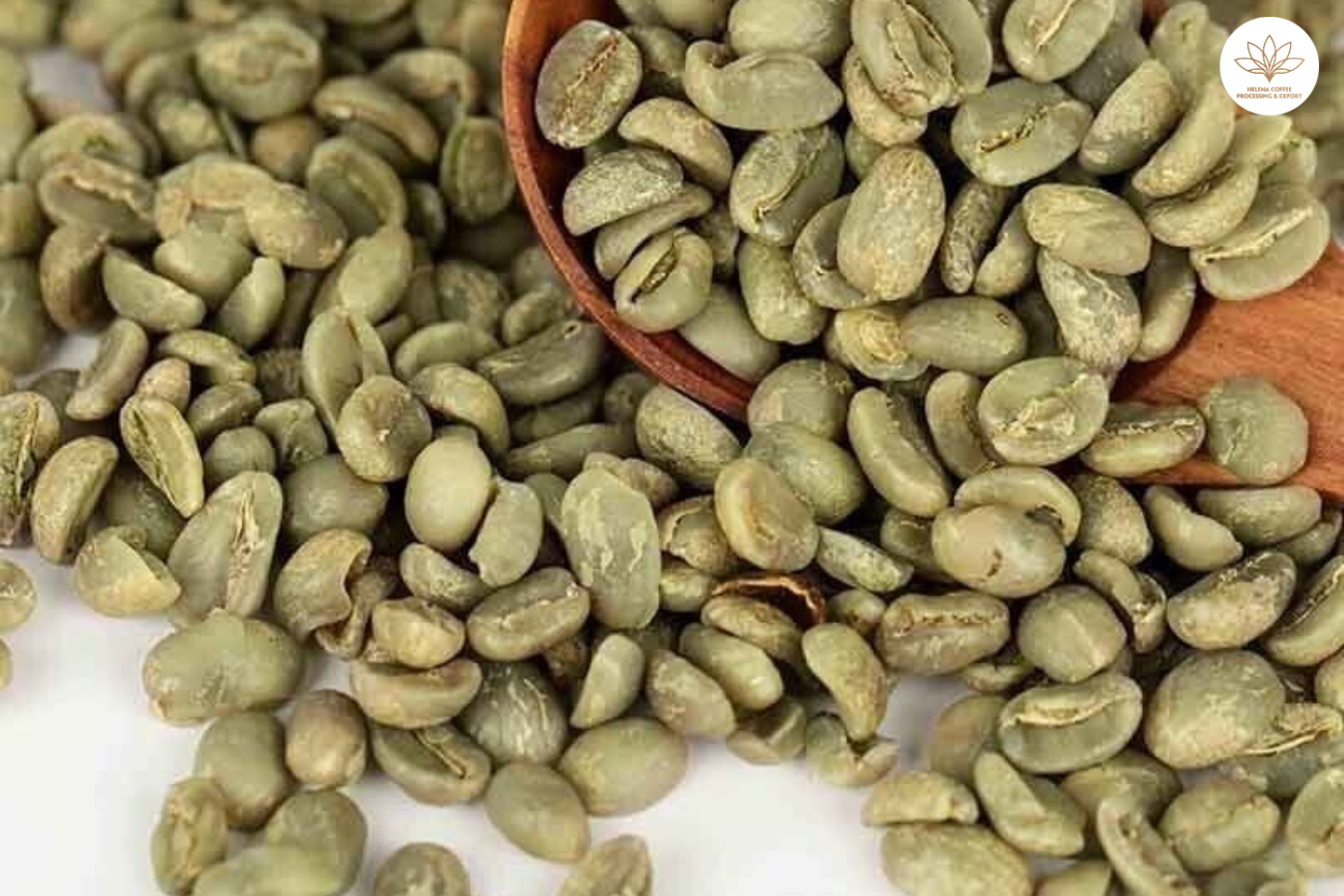
Yes, producing these fussy beans requires saintly patience under the sun, along with ceaseless ingenuity against infestations in rain or dark of night. It is a labor of devotion.
That is why I applaud the companies extending fair prices, technical aid and crucial respect to coffee communities. Sustainable trade fuels future harvests by rewarding today’s stewards for their knowledge and sacrifice. A signed contract means children can stay in school, yielding a smarter generation of coffee stewards.
As we savor each velvety sip, let us be mindful of all the human hopes brewing in our cup – as intrinsic to the flavor as rain and soil. Our morning ritual links us in bonds of care and gratitude across the continents. A sublime reminder that we all share one precious planet, and must work in harmony to keep it bountiful.
Qualities of robusta coffee – HELENA COFFEE
I appreciate you seeking to summarize Robusta’s qualities succinctly, but caution settling for these general notions alone. The truth, as usual, resists such straightforward categorization. Let me offer some further perspectives:
- Caffeine content varies widely even within Robusta. Processing and roasting impact strength profoundly. We cannot assume higher caffeine from type alone.
- Bitterness depends heavily on growing conditions and roasting skill. With care, Robusta’s earthiness can reveal chocolate and spice notes too.
- Price depends on many factors – quality, certifications, labor practices – not just hardiness. We should not equate “cheap” with any one kind of bean.
- Robusta grows increasingly in Brazil and Africa, not just Vietnam. Its presence across origins speaks to adaptability.
In summary, while typical characteristics exist, we do Robusta and Arabica both a disservice by confining them to stereotypes. Let us keep exploring with open minds! The myriad nuances within each variety offer life-long learning.
I appreciate you starting this conversation. Let us continue with growing knowledge and care for all beans. There is still much for us to discover together!
FAQS:
